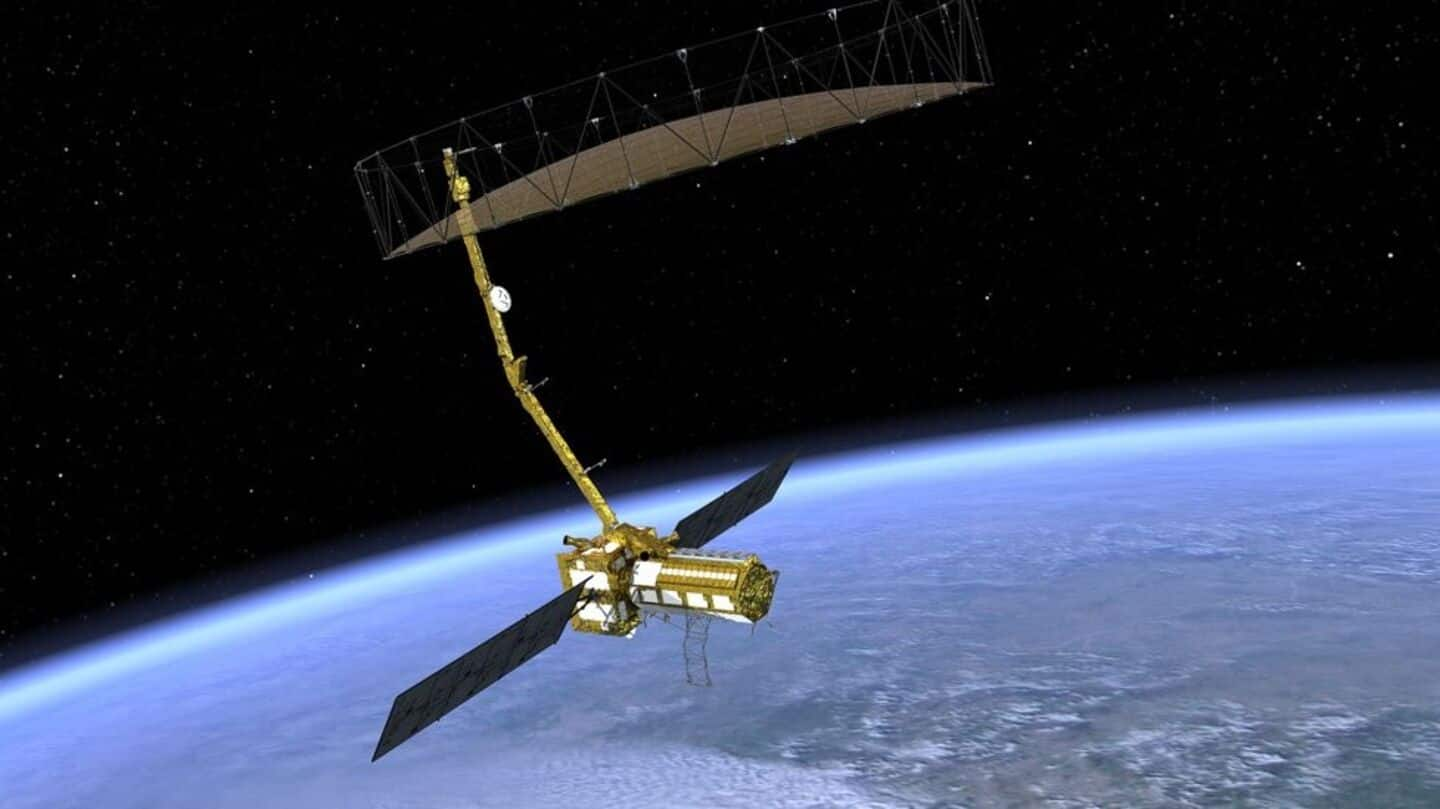
NISAR: Here's when NASA, ISRO will launch Earth observation satellite
What's the story
NASA and ISRO are gearing up for the launch of their joint mission, the NASA-ISRO Synthetic Aperture Radar (NISAR) satellite. The groundbreaking Earth observation satellite will be launched no earlier than the end of July from ISRO's Satish Dhawan Space Centre (SDSC) in Sriharikota. The mission aims to provide a three-dimensional (3D) view of Earth's land and ice-covered surfaces globally, with high precision.
Mission details
NISAR has been in the works for over a decade
The NISAR mission has been in the works for over a decade now, with NASA and ISRO collaborating since 2014. The satellite carries two radar systems, an L-band synthetic aperture radar from NASA and an S-band radar from ISRO. Each frequency's return provides different information about Earth's surface, including moisture content, roughness, and movement. This data can be used to detect small elevation changes across large areas.
Impact
Monitoring natural hazards, environmental changes
The NISAR satellite will make centimeter-precise measurements of Earth's surface dynamics. Its dual-band radar design is crucial for detecting tiny elevation changes across wide areas. This capability will be instrumental in monitoring natural hazards and environmental change, including ground deformation before and after earthquakes or volcanic eruptions. The radar's ability to see through clouds also makes it invaluable for disaster response, mapping floods and storm damage even during hurricanes or heavy rain.
Data access
Satellite to observe Earth every 12 days during 3-year mission
The NISAR satellite will observe Earth's land and ice-covered surfaces globally every 12 days during a baseline mission duration of three years. This global and rapid coverage will provide unprecedented opportunities for disaster response, providing data to assist in mitigating and assessing damage, with observations before and after disasters in short time frames. The joint project is a major step forward in international space cooperation.